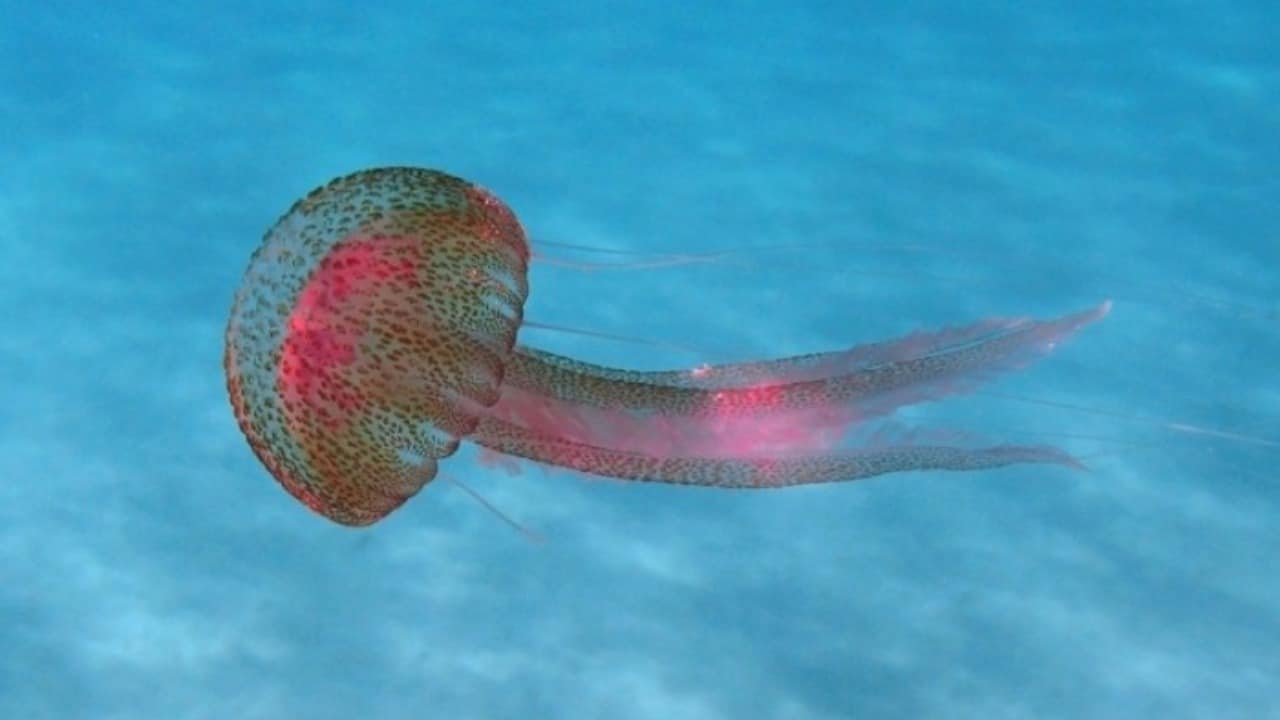

The Hellenic Biodiversity Observatory reports a significant and escalating outbreak of purple jellyfish (Pelagia noctiluca) across the coastal areas of central Greece, urging swimmers to exercise extreme caution.
Initial assessments of the outbreak’s intensity in the Pagasitic Gulf and surrounding regions were underestimated due to low public reporting. The situation has since worsened, with the outbreak spreading faster than anticipated.
Large populations of jellyfish appear in Greece at intervals of four to five years, similar to those observed in other Mediterranean countries.
In Greek seas, jellyfish typically remain for two to three years, and the period of their stay varies depending on the region and environmental conditions of the particular marine area.
Charitos Hintiroglou, a professor of Marine Biology at the Aristotle University of Thessaloniki, told Agency 104.9 radio recently that jellyfish populations increase periodically, and the phenomenon is still being studied. “We do not know for certain why they show this population increase,” noted Hintiroglou.
The current outbreak in Greece mirrors a larger pattern observed across the Mediterranean between 2020 and 2023. Gibraltar is currently experiencing the most severe situation, with outbreaks also reported in Spain, France, Italy, and the Adriatic.
The species is relatively small and colorful. Unusually for jellyfish, both its tentacles and bell are covered in stinging cells (nematocysts).
While generally not dangerous, stings are common, painful, and symptoms can persist for an extended period. In rare cases, severe systemic reactions can occur, requiring immediate medical attention.
Swarms of Pelagia noctiluca have been known to decimate entire fish farms, making it a highly studied species.
Upon contact, common symptoms include:
Burning pain, often intense, reddening of the skin and appearance of a jellyfish imprint on the skin.
The sting can also lead to:
Immediate hospital treatment is required if symptoms such as hypotension, hoarseness, inspiratory wheezing, disturbances in consciousness, or communication.
Related: Jellyfish Found in Greece are the Least Dangerous of All
